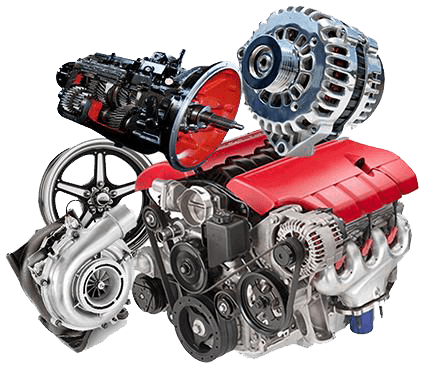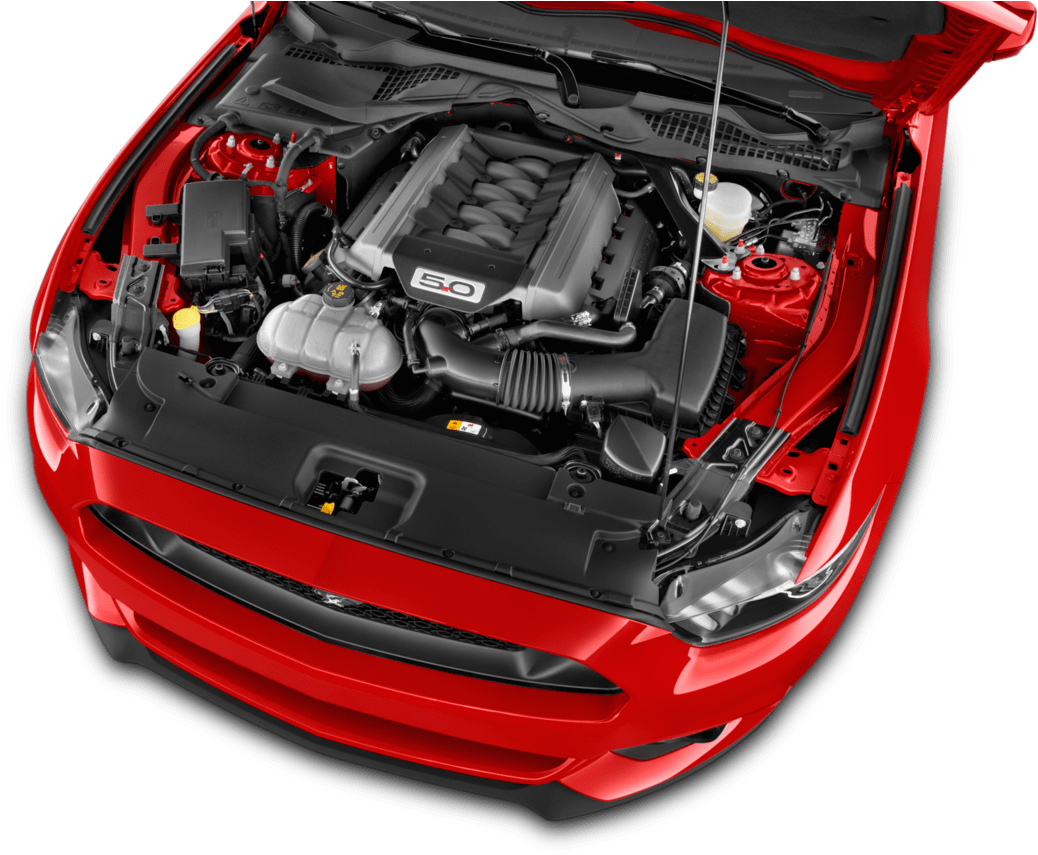Exploring the most recent Technical Technologies in Import Engines and How They Enhance Driving Experience
In the world of auto engineering, the landscape of import engines is undergoing a profound change driven by advanced technological advancements. From the development of turbocharged engines to the combination of crossbreed innovation, the current developments are transforming the driving experience in methods previously inconceivable. As import producers push the boundaries of performance and efficiency through improved fuel injection systems and sophisticated engine management solutions, the inquiry emerges: Just how do these developments really affect the method we interact with our vehicles on the roadway?

Development of Turbocharged Engines
In the vehicle market, the development of turbocharged engines has substantially changed the landscape of efficiency and effectiveness. Turbocharging, as soon as mostly seen in high-performance cars, has now become a mainstream modern technology taken on by a large range of vehicles, from compact hatchbacks to high-end sedans. The fundamental concept behind a turbocharged engine is basic yet effective - forcibly even more air into the burning chamber, it enables more gas to be shed, causing increased power result.
Among the vital benefits of turbocharged engines is their capability to provide even more power from smaller sized, a lot more fuel-efficient engines. This scaling down trend has brought about a decrease in exhausts without compromising performance, making turbocharging an eye-catching option for car manufacturers aiming to fulfill rigid environmental guidelines. Additionally, turbocharged engines supply improved torque at reduced RPMs, offering drivers with a much more vibrant and receptive driving experience - import engines.
As innovation proceeds to advance, we can expect more developments in turbocharging, bring about even higher levels of efficiency and efficiency in the auto industry.
Improvements in Gas Injection Solutions
Modern fuel injection systems have evolved to deliver fuel more effectively and exactly into the engine cylinders, improving total engine efficiency and gas effectiveness. One of the essential developments in fuel injection systems is the change from typical port gas shot (PFI) to more advanced straight gas injection (DFI) technology.
Furthermore, the combination of electronic control systems (ECUs) and sensing units in fuel shot systems has actually permitted for real-time modifications to sustain delivery based on numerous factors such as engine tons, temperature level, and driving conditions. In addition, advancements in fuel injector layout, materials, and spray patterns have actually contributed to cleaner burning and smoother engine procedure.
Integration of Hybrid Modern Technology
The evolution of fuel shot systems in the direction of greater effectiveness and performance has established the phase for the seamless integration of crossbreed modern technology right into modern engines. Hybrid innovation incorporates the use of conventional inner combustion engines with electric propulsion systems, providing enhanced gas performance and reduced emissions. By integrating electric motors and batteries right into the powertrain, crossbreed engines can supplement the inner burning engine throughout velocity or low-speed driving, thereby enhancing general performance.

Boosted Engine Administration Systems
What are the crucial developments in engine monitoring systems that are boosting the performance and effectiveness of modern-day engines? Engine administration systems have undertaken considerable advancements to maximize engine performance and performance.
Additionally, modern-day engine management systems utilize advanced algorithms and fabricated knowledge to analyze the hop over to these guys information collected by sensing units and make dynamic adjustments to factors such as ignition timing, gas injection, and turbocharger boost pressure. This degree of accuracy and versatility cause improved engine responsiveness, increased power output, and lowered gas consumption.
In addition, engine monitoring systems currently include innovative analysis abilities that can discover and deal with problems such as misfires, sensor breakdowns, and gas system irregularities in real-time, thereby improving overall engine reliability and longevity. These developments in engine monitoring systems play a critical role in enhancing the driving experience by delivering optimum efficiency, fuel effectiveness, and dependability.
Effect of Lightweight Materials
Including light-weight products in engine production has actually reinvented the auto industry's method to enhancing gas efficiency and performance. The usage of materials such as carbon fiber, titanium, and aluminum has actually considerably minimized the total weight of engines, causing boosted power-to-weight proportions and boosted weblink fuel economic climate. These light-weight materials provide a greater strength-to-weight ratio contrasted to conventional materials like steel, permitting better toughness without jeopardizing efficiency.
One of the key benefits of making use of lightweight materials in engine building and construction is the reduction of inertia, resulting in quicker engine reaction times and boosted general automobile dexterity. In addition, the lighter weight adds to lower energy usage, making cars a lot more eco-friendly by decreasing exhausts.
Additionally, the implementation of light-weight products in engine elements such as pistons, linking rods, and crankshafts has actually allowed designers to press the boundaries of efficiency without sacrificing reliability (import engines). This technology has paved the method for extra effective and efficient engines that provide a remarkable driving experience while satisfying strict emissions standards
Verdict
To conclude, the newest technological advancements in import engines have considerably boosted the driving experience. From the advancement of turbocharged engines to innovations in fuel injection systems, assimilation of hybrid technology, enhanced engine administration systems, and using lightweight materials, these innovations have jointly enhanced performance, fuel performance, and total driving dynamics. As modern technology remains to advancement, we can anticipate a lot more amazing developments in the future of import engines.
Modern gas injection systems have actually progressed to supply fuel much more efficiently and exactly right into the engine cyndrical tubes, improving total engine efficiency and fuel performance - import engines. By incorporating electric motors and batteries right into the powertrain, hybrid engines can supplement the interior burning engine throughout acceleration or low-speed driving, thus improving overall efficiency
What are the essential advancements in engine monitoring systems that are boosting the performance and efficiency of modern engines? Engine management systems have undergone substantial innovations to optimize engine efficiency and efficiency. From the development of turbocharged engines to innovations in fuel injection systems, assimilation of hybrid modern technology, boosted engine management systems, and the usage of light-weight products, these advancements have actually collectively boosted efficiency, gas efficiency, and overall driving characteristics.